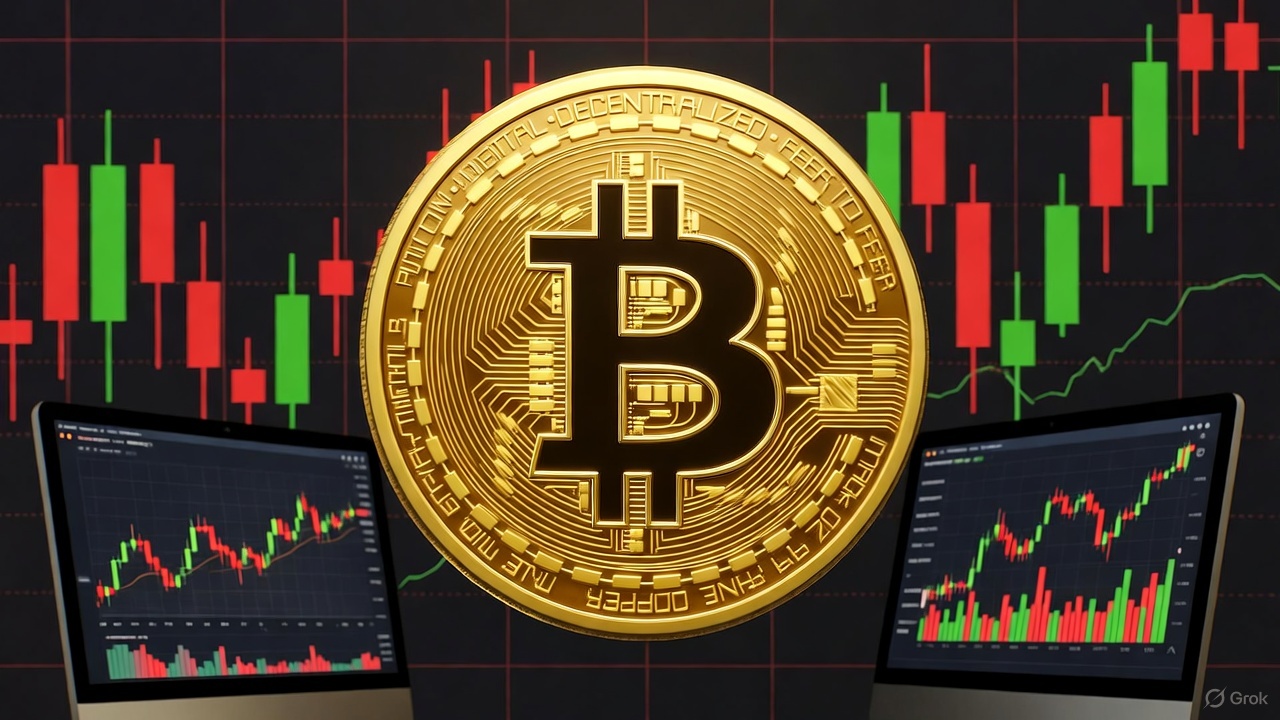October 25 marked 200 days in which the price of bitcoin (BTC) closed above $100,000.
At the time of this publication, the price of BTC rose from USD 111,600 to almost USD 113,500, which represents an increase of 1.7% in the last 24 hours.


BTC remaining above $100,000 has both psychological and technical implications.
From an emotional point of view, this is a level that reinforces the confidence of traders and investors, who usually interpret stability above certain thresholds as a sign of structural strength.
In financial markets, “psychological levels” are prices that attract a large volume of buy and sell orders, acting as natural barriers against sudden movements.
From a technical approach, keeping the price above that line implies the creation of new support zones.
In simple terms, a support is a price range where demand tends to exceed supply, preventing the value of the asset from falling below that line. Thus, bitcoin declines now find a floor at higher levels than those of previous cycles, which suggests a process of market maturation.
Catalysts and brakes for the price of bitcoin
On the one hand, institutional adoption continues to grow. Companies maintain the strategy of incorporating BTC into their balance sheets as a store of value.
On the other hand, companies issuing financial instruments also continue to expand their holdings, such as BlackRock, which already has more than 800,000 bitcoins to back its exchange-traded funds (ETFs).
At the same time, the so-called “whales” (investors who control more than 1,000 BTC coins) have reduced their pace of sales, maintaining a limited supply in the market.
Looking ahead, as reported by CriptoNoticias, two events could set the course of the price for the remainder of the year.
One of them is a possible reduction in interest rates by the United States Federal Reserve (FED), a measure that historically boosts risk assets.
The other is the expected meeting between Presidents Donald Trump and Xi Jinping. Trade tensions between both nations (prompted by Trump) influenced the volatility of October, when the price of bitcoin fell to $104,000 following statements by Trump about possible increases in tariffs on China.
Finally, gold (an asset traditionally associated with hedging against inflation and uncertainty) has also captured the attention of investors, taking some space away from BTC.
And, despite a subsequent correction, the metal reached an all-time high (ATH) on October 20, reflecting that interest in safe havens continues in a global context of economic instability.






Leave a Reply